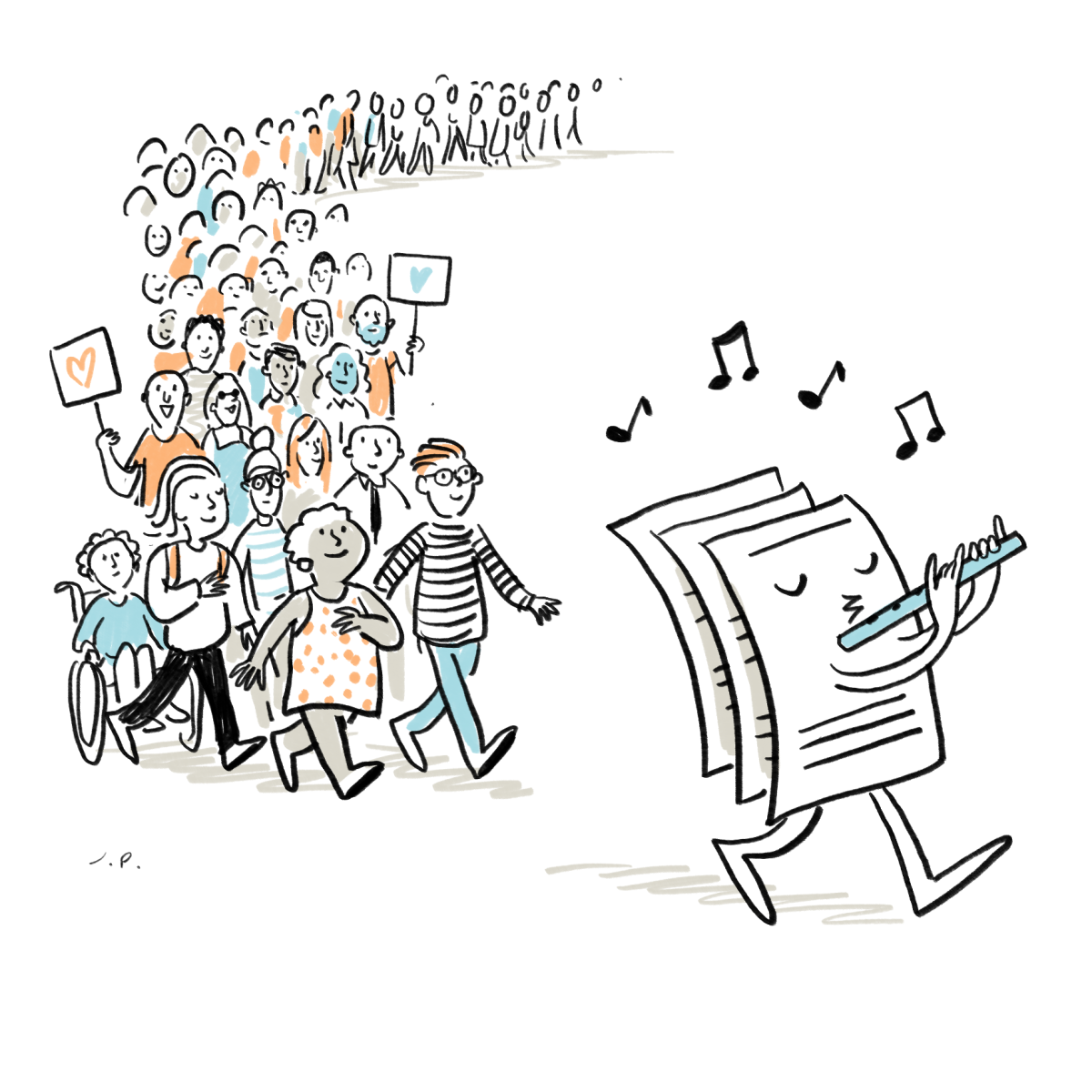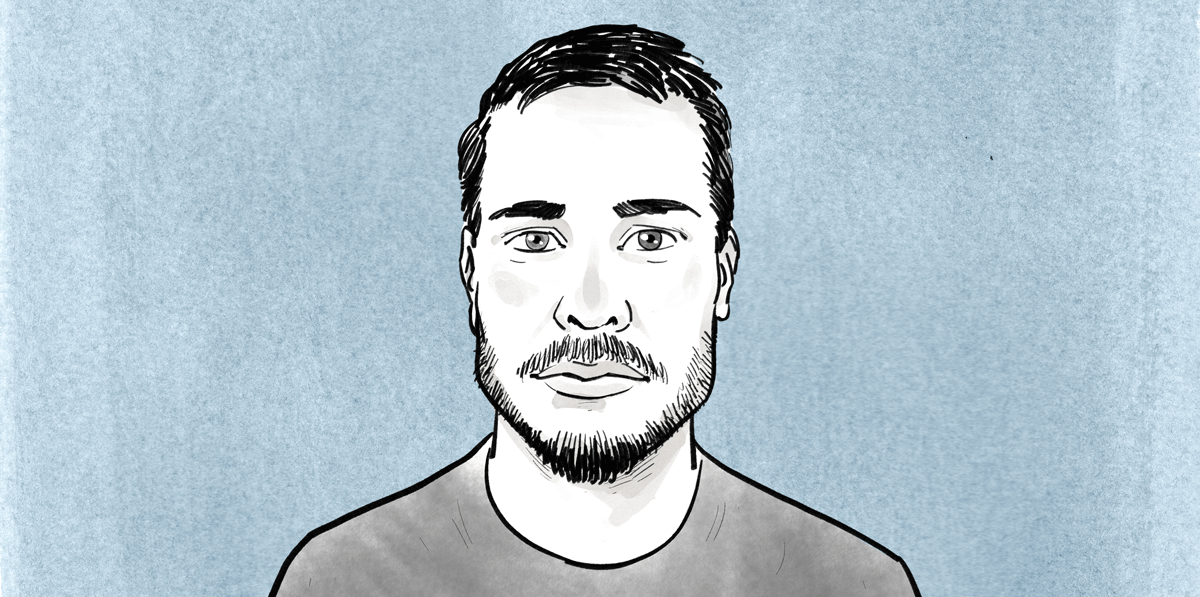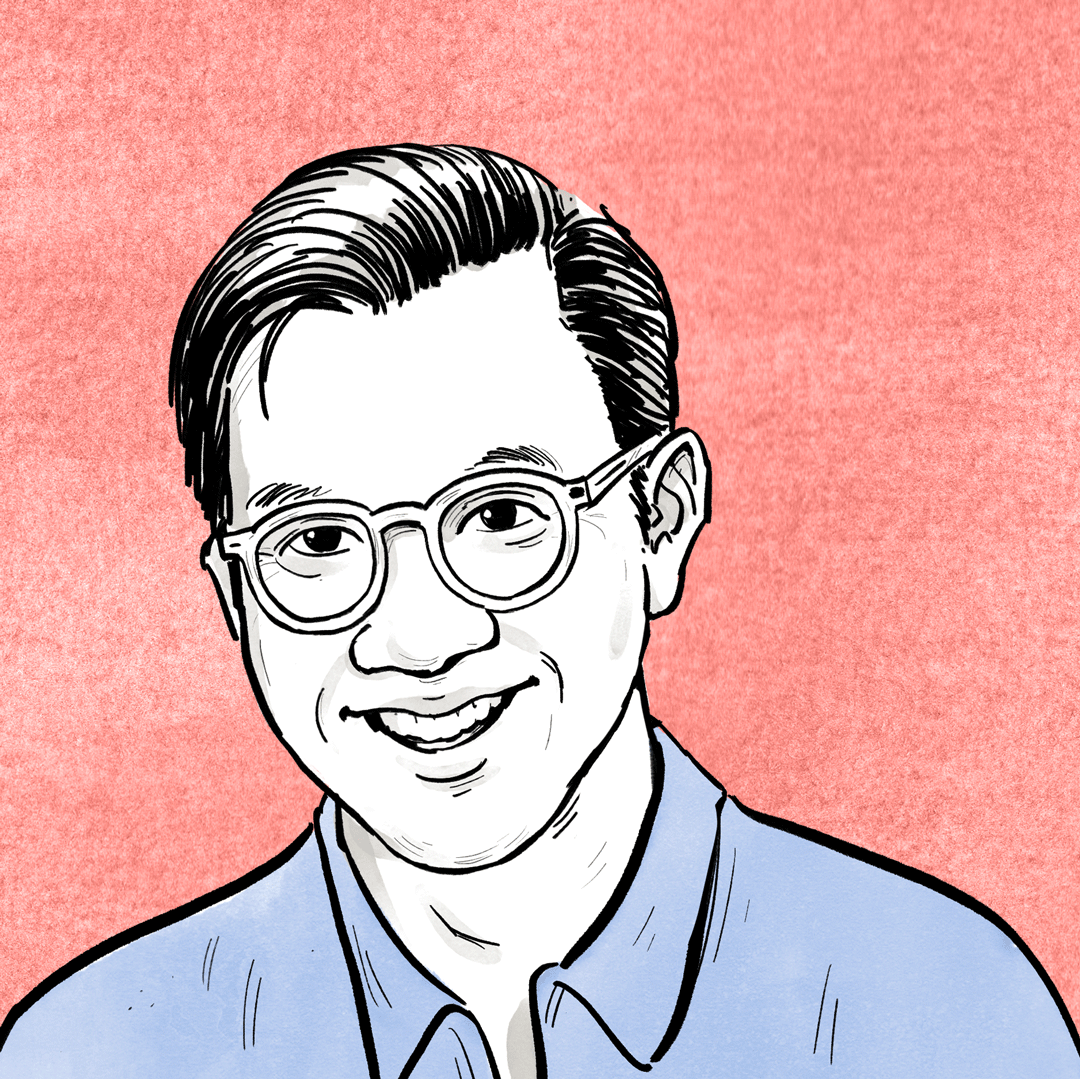Have you ever heard a voice in your head whispering that your work is ‘not good enough,’ that you shouldn’t share something because someone else made it better, or that you should ‘avoid failure at all costs’? For artist, educator, and printmaker Jen Hewett, these whisperings have been definitive obstacles to overcome in her evolution as a creator.
For a special virtual Own Your Content FieldTrip, we spoke with Jen Hewett about perfectionism, 2020, and Instagram Activism. In this conversation, Jen generously shared her journey on how she’s come to embrace a simple truth: “perfectionism is the enemy of craft.” We also learned about her approach to work, creating, and what the concept of “Owning Your Content” means to her.
Transcending Perfectionism and Embracing Your Craft: A conversation with Jen Hewett
Our Favorite Takeaways & Insights
You’ve talked about the importance of honoring your mind and body as you might honor one of your tools. What are your thoughts on productivity, creativity, and making during a time when so many of our minds and our bodies may be deregulated by the challenges of 2020? [13:45]
I used to keep a really strict schedule Monday through Friday from 9 to 5. I would block out my time and spend an hour in the morning on email and by scheduling out my time, I would get eight things done in a day.
That’s all out the window now. Now, I don’t do that. I just know that I need to be working, trying to get to my desk in my house by 9:00 in the morning. I try to wrap up by 6:00, but I have a more nebulous idea of what I need to get done. I’m not working on as many client projects as I was in the past and I’m not working on the weekends teaching anymore. So, I’m just allowing myself say to sleep in a little bit more and to go to bed early and to duck out. If I need to stop a little bit early, I try not to really adhere to a strict schedule as I used to.
I also go for lots of walks because that’s the one thing that is still available to me. You know, so many other things are closed in my neighborhood. But my dog and I will go for maybe an extra walk every day.
Being outside and walking feels like a really good place to be offline and to clear my head and to get some exercise. Walking is also where I do a lot of my best thinking. If I’m feeling stuck, I go for a walk and work through the problem while I’m walking. Writing actually doesn’t really happen for me in front of a computer. It happens for me when I’m doing my dishes or when I’m on a walk or taking a shower. That’s when all the really good writing happens.
Walking is where I do my best thinking. If I’m feeling stuck, I go for a walk and work through the problem while I’m walking. Writing actually doesn’t really happen for me in front of a computer. It happens for me when I’m doing my dishes or when I’m on a walk. That’s when all the really good writing happens.
You were an early adopter of blogging, starting in 2006! How has the concept of “owning your content” played out over your career, and why is it important to you? [16:00]
I think I’ve thought of this particularly as an artist and I also want to add as someone who is Black because my grand uncle was a musician and a singer. He had some records out, and I think a lot of us have heard stories about people losing control of their content. He saw companies make a lot of money off of things that he got paid very little for. So, I’ve always been kind of guarded about what I’m willing to give away for free and what I charge for and how much I charge for it.
There are certain things that are really important to me. My processes are really important to me and my sources are very important. Those aren’t things that I readily share and I feel like that’s my intellectual property. To people who ask me for really specific technical advice or really specific product advice or resources — I will just come out and say, no, those are not questions I answer. If they require more, I’ll just tell them why.
This is really good modeling for artists overall, to understand that you can push back and you don’t have to share everything all the time. Blogging pushed us a little bit into that, where we were open books about our lives. Social media has done this even more so.
How much does any one person want to share? How much do you want to keep to yourself and where do you draw the line? I’m really strict about my boundaries in terms of what I share and with whom and what I say. There are just certain lines I don’t cross.
My processes are really important to me and my sources are very important. Those aren’t things that I readily share and I feel like that’s my intellectual property.
Perfectionism can be debilitating to living a creative life and the very idea of creating, let alone owning those creations and standing behind them. What specific advice or tools can you share with our community on overcoming it? [25:48]
Therapy. I got to a point professionally where, in order to advance, I knew that I had to deal with some kind of block that I had. I had massive anxiety and I’d had panic attacks since I was a teenager. Within 10 minutes of talking to my therapist, she said that I was a classic perfectionist. Nothing unusual. So, she gave me an assignment to go out and make a mistake.
It was to — in some way — desensitize me from the fear of making a mistake. So, I went out and made a mistake and I have no clue what it was. When I reported back the next week, she asked me what had happened? I was realized nothing honestly happened and that was really what opened the door for me.
I started speaking up in meetings, which is not a thing I had done, and then got to the point where I would actually lead team trainings and do presentations, things that had terrified me before. I’d also been an overachiever and I would spend weeks working on a presentation. I progressed to the point where I would do it the day before knowing that it was going to be just fine.
Then, I finally got to that point where I knew I could just put stuff out, I can just try and fail. I learned that it was going to be okay. I feel like career wise, I really moved forward fairly quickly after I got through that.
I got to that point where I knew I could just put stuff out, I can just try and fail. I learned that it was going to be okay. I feel like career wise, I really moved forward fairly quickly after I got through that.
Special Thanks to Jen Hewett
Jen Hewett is a printmaker, surface designer, textile artist and teacher. A lifelong Californian, Jen combines her love of loud prints and saturated colors with the textures and light of the California landscapes to create highly-tactile, visually-layered, printed textiles. She has created custom textile designs for companies such as Fringe Supply Co. and Cotton + Steel (a division of RJR Fabrics).
Jen’s first book, Print, Pattern, Sew: Block Printing Basics + Simple Sewing Projects for an Inspired Wardrobe, was published by Roost Books in May 2018. Jen and her dog Gus live in San Francisco, two blocks from Golden Gate Park, and three miles from the Pacific Ocean.
You can soak in more of Jen’s wisdom from her in-depth Own Your Content interview and you can find more of her work on her website at jenhewett.com
This virtual FieldTrip event was produced in partnership with WordPress.com & CreativeMornings.
Morning people get 10% off their WordPress.com site at wordpress.com/creativemornings for a limited time.
You can learn more about FieldTrips by CreativeMornings on the official FieldTrips website at creativemornings.com/fieldtrips.
Facilitated and hosted by Alexa Kutler. Illustrations by Jeffrey Phillips. ‘Own Your Content’ illustration by Annica Lydenberg.

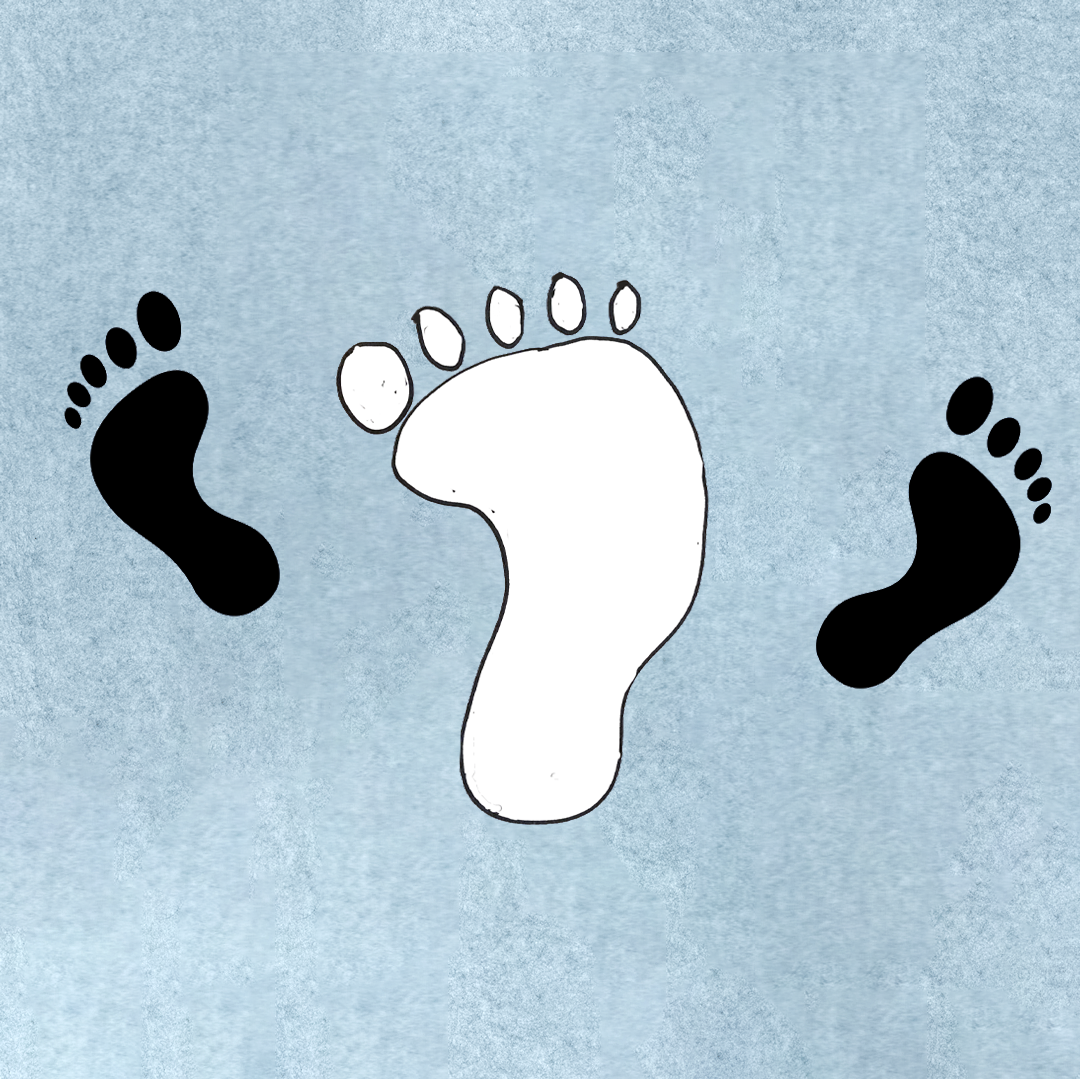
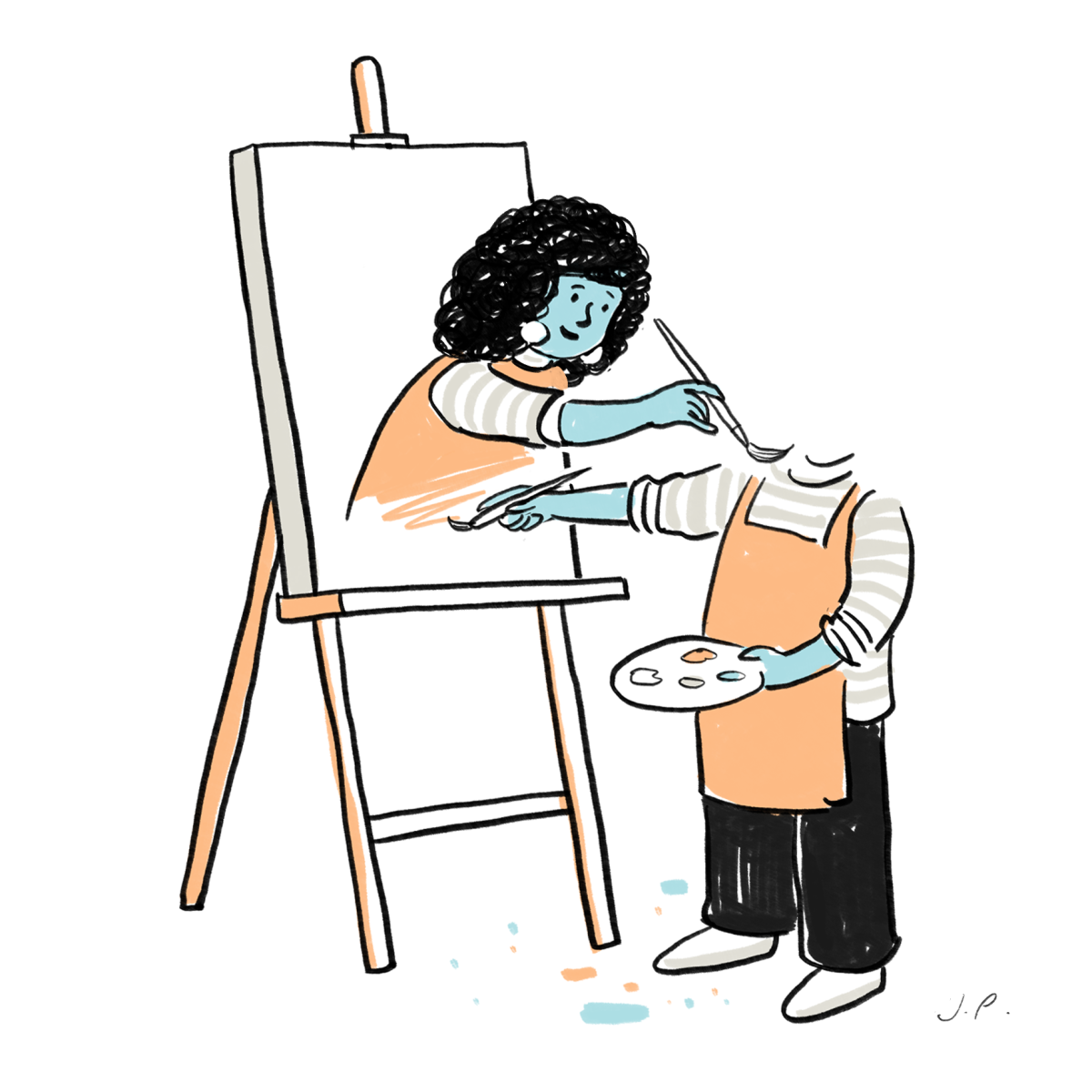
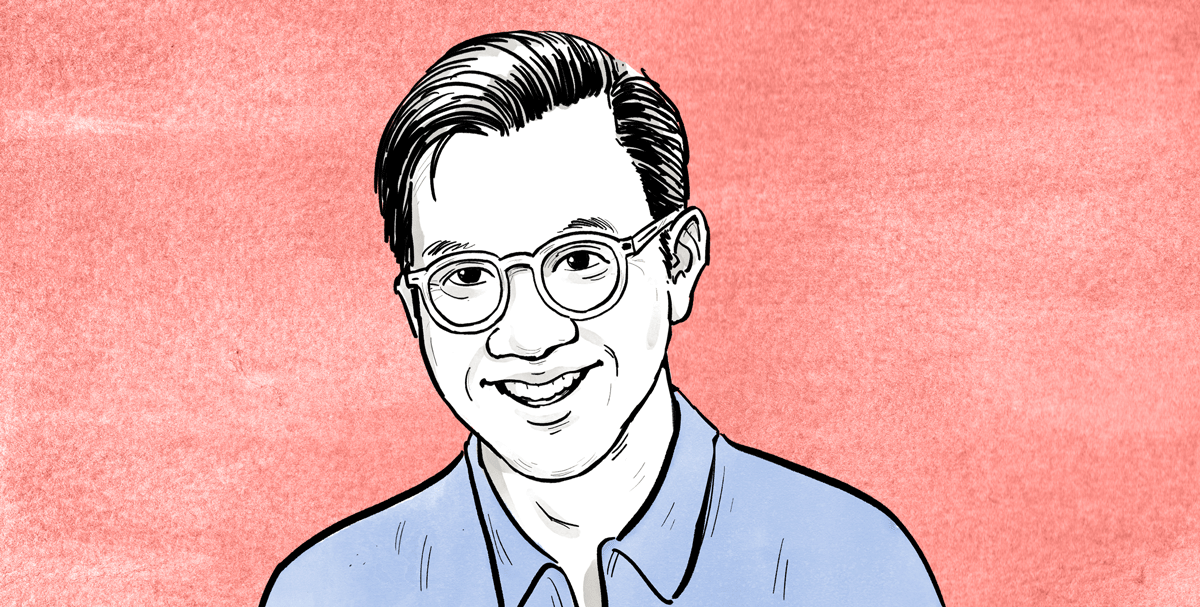
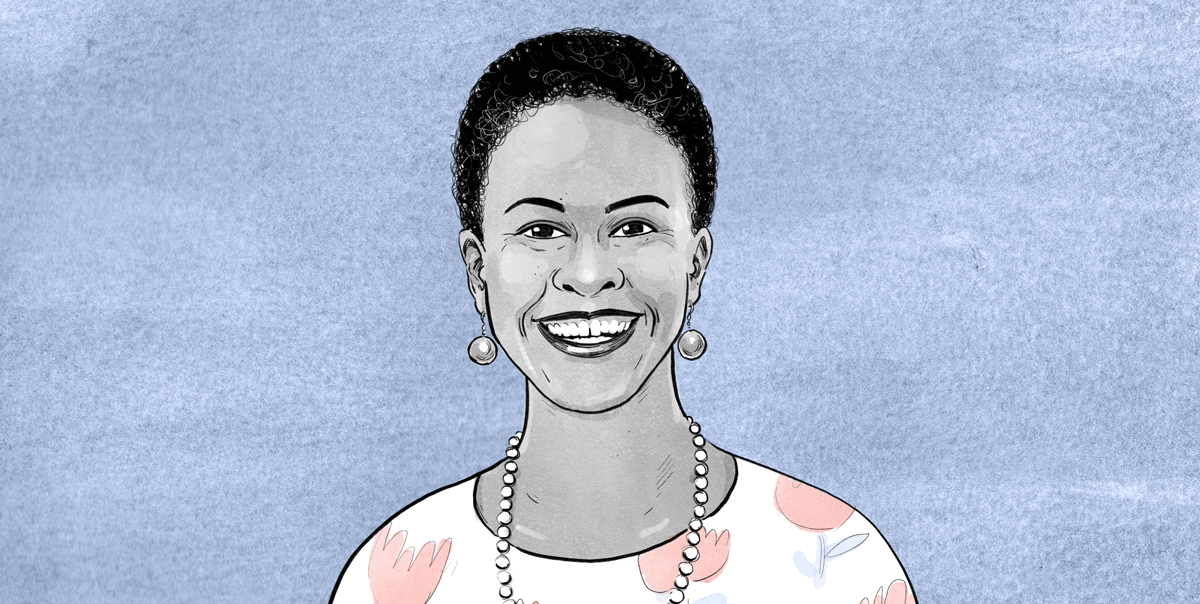
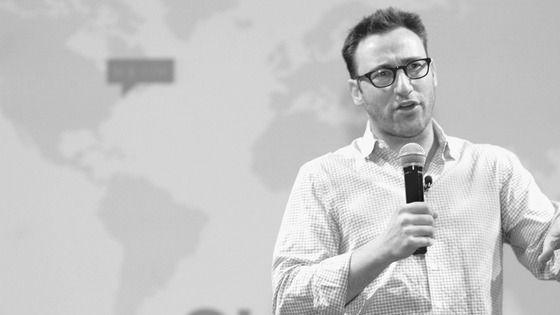
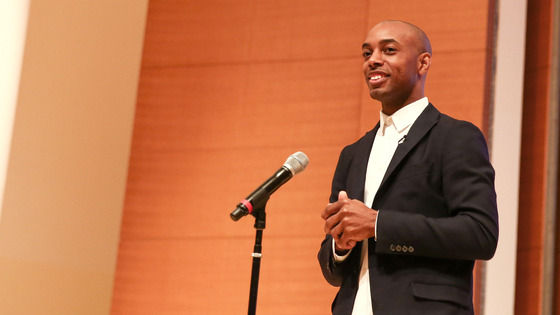
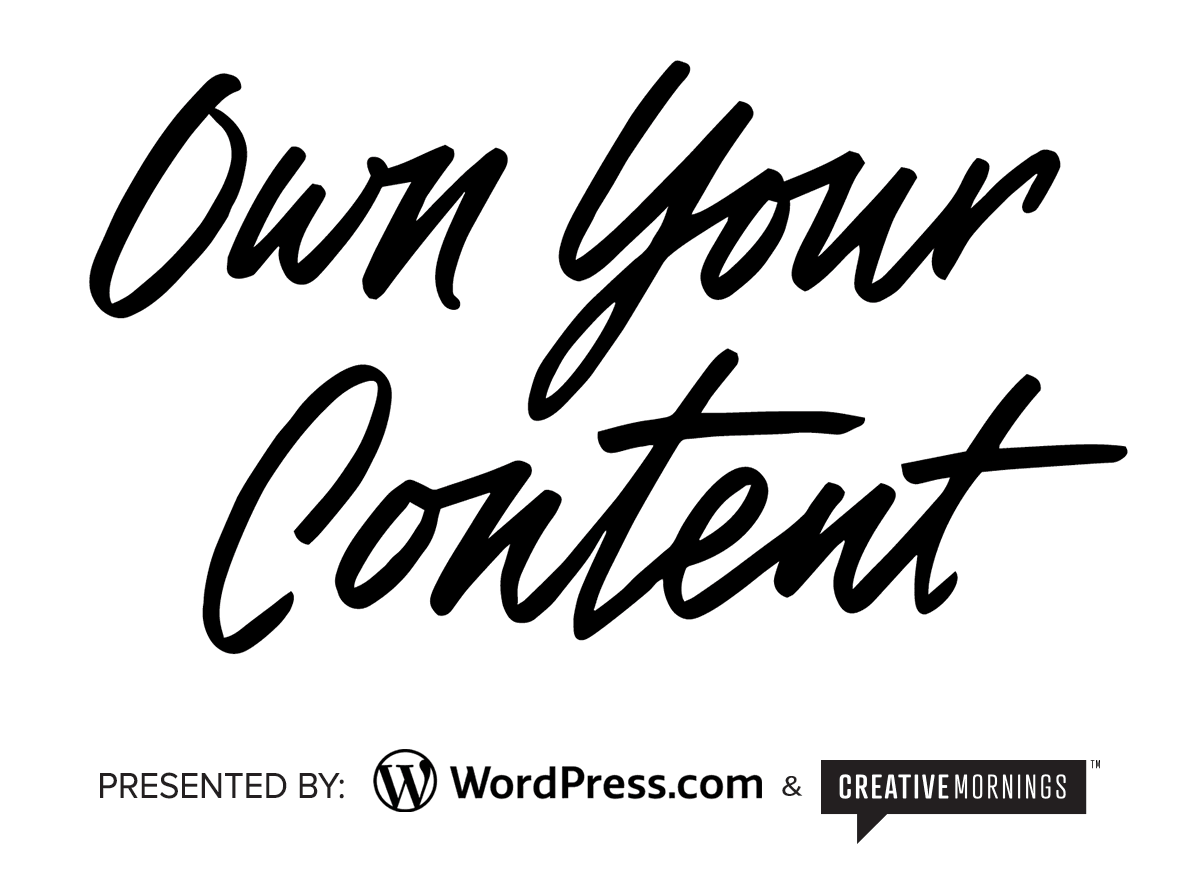 #OwnYourContent
#OwnYourContent